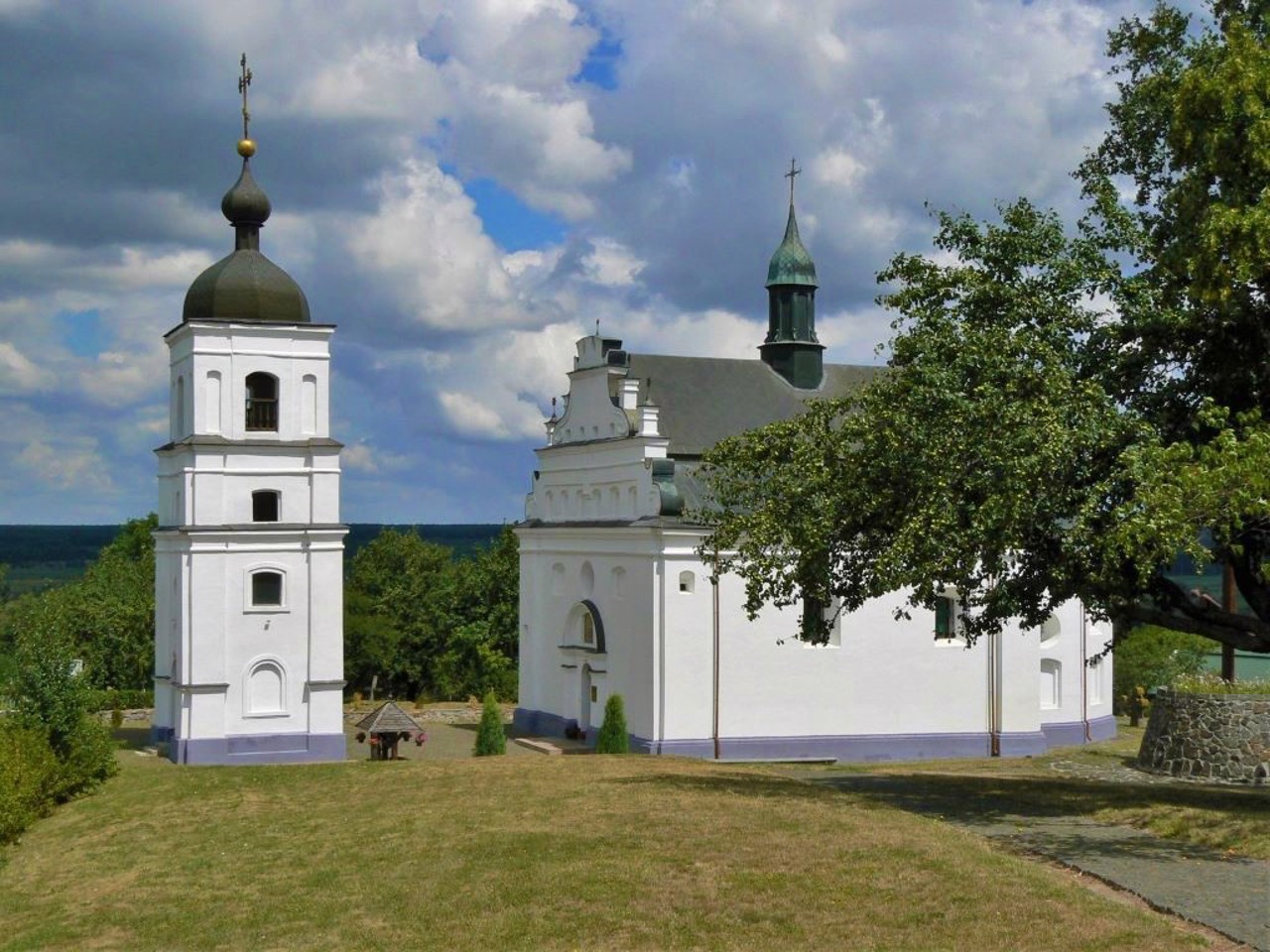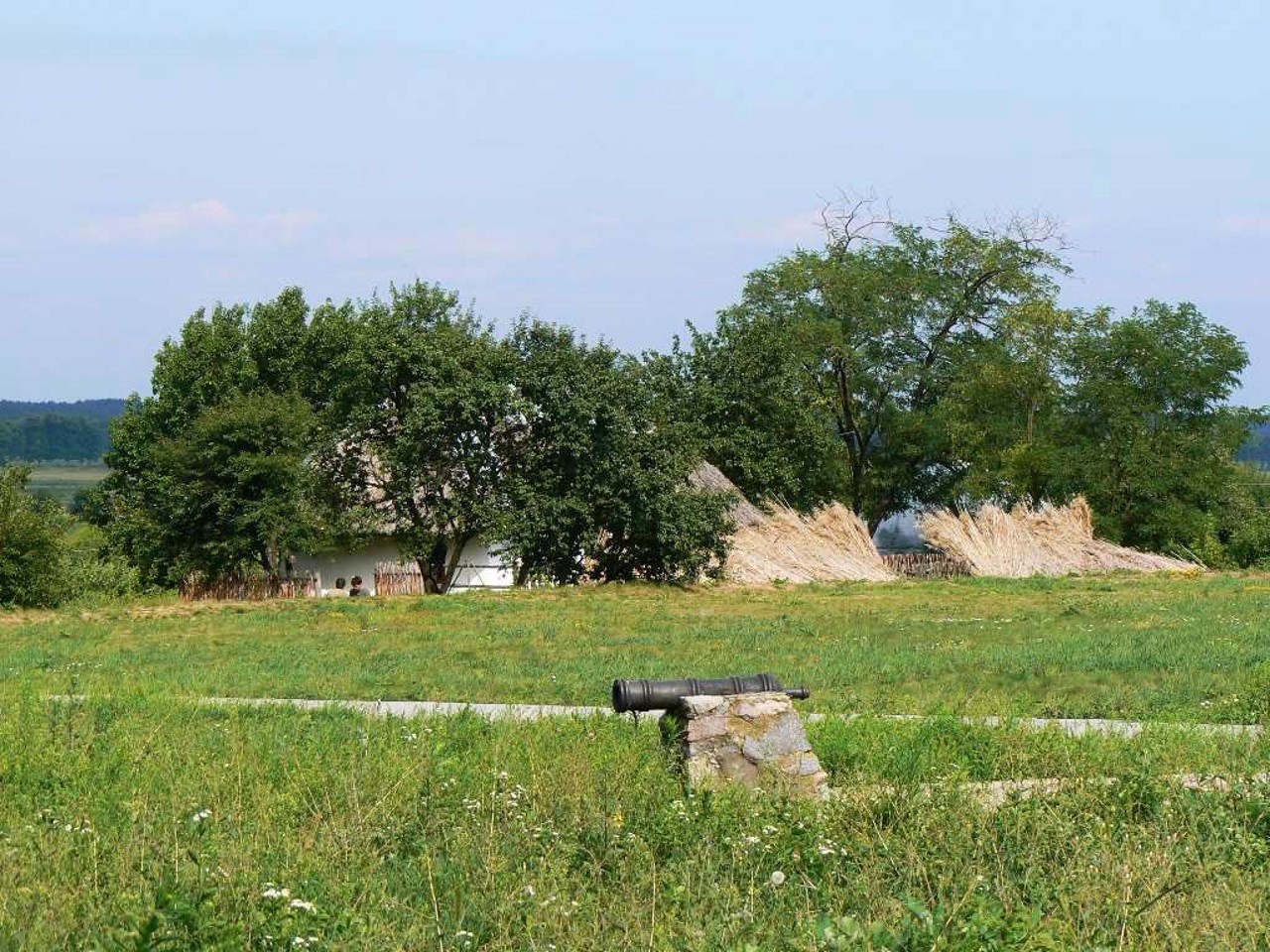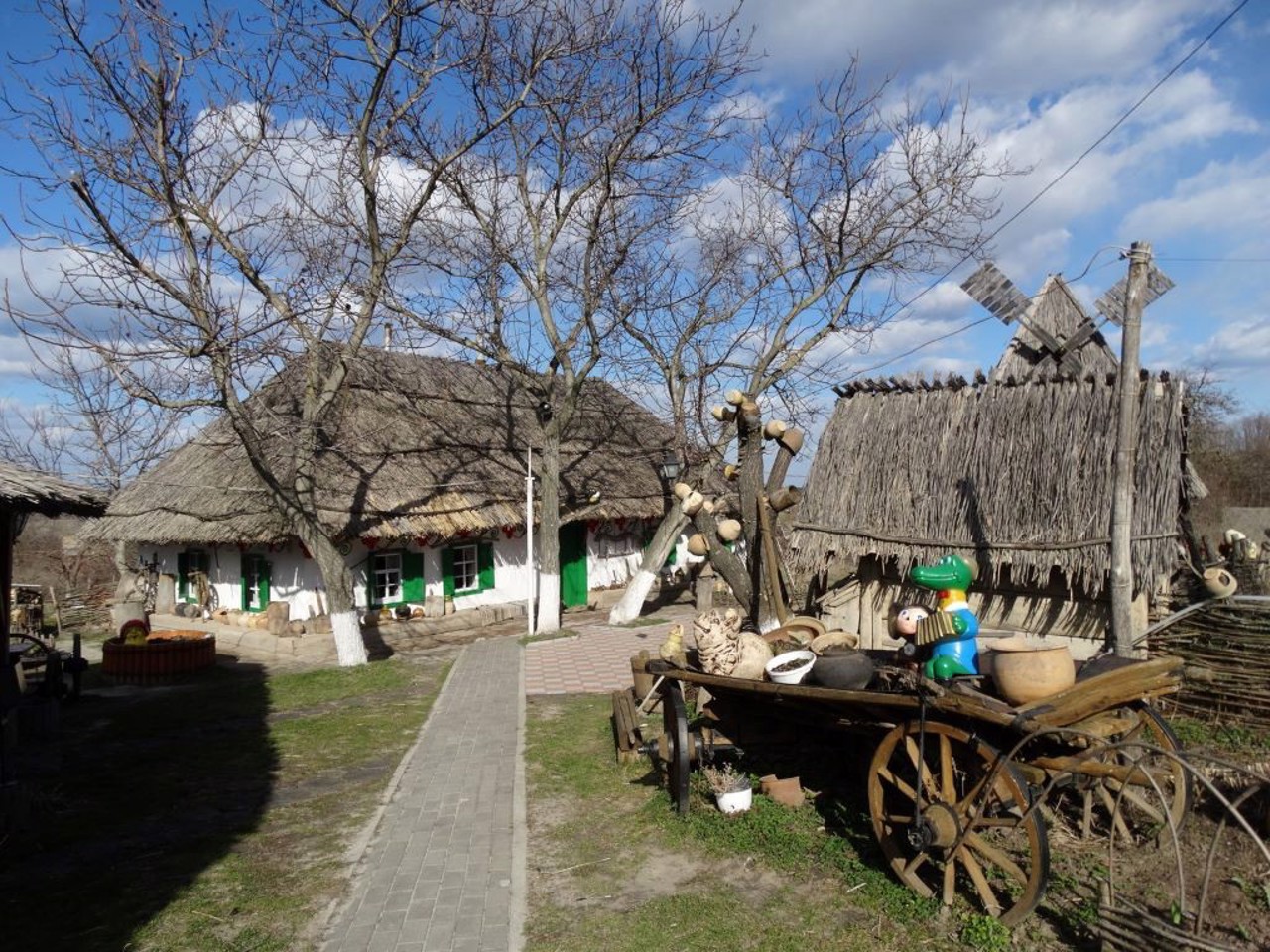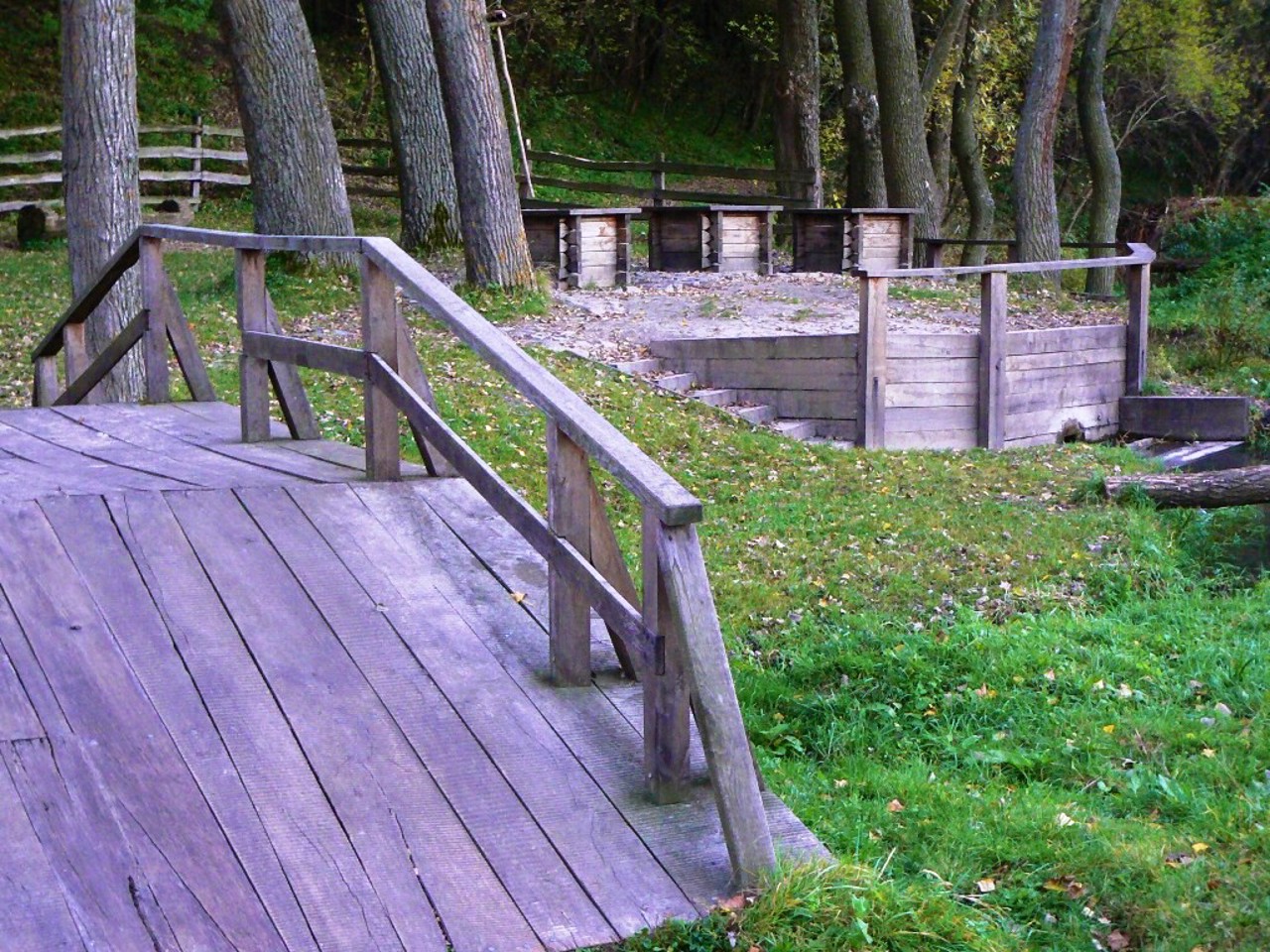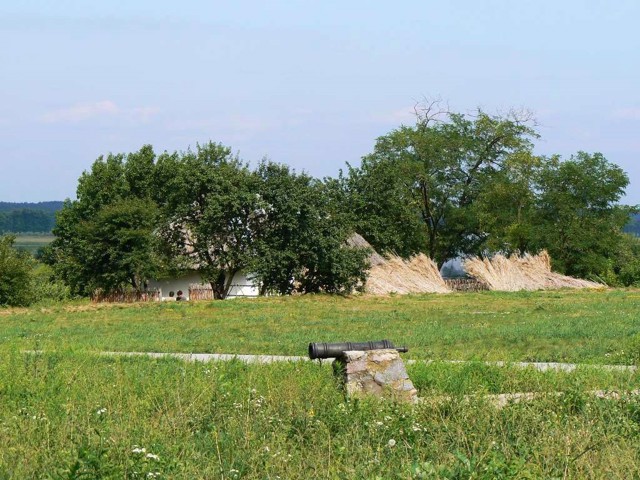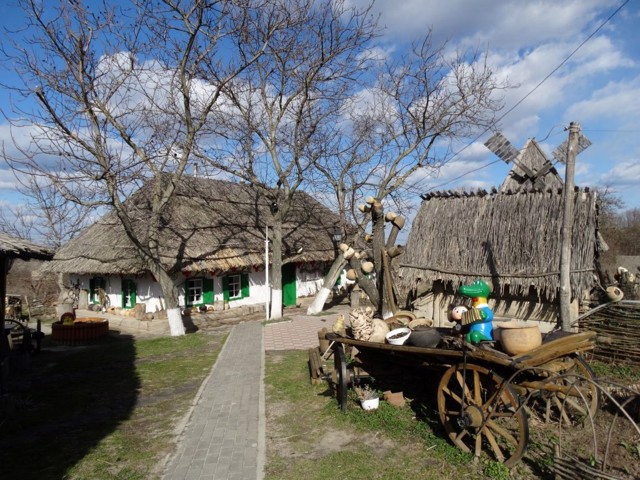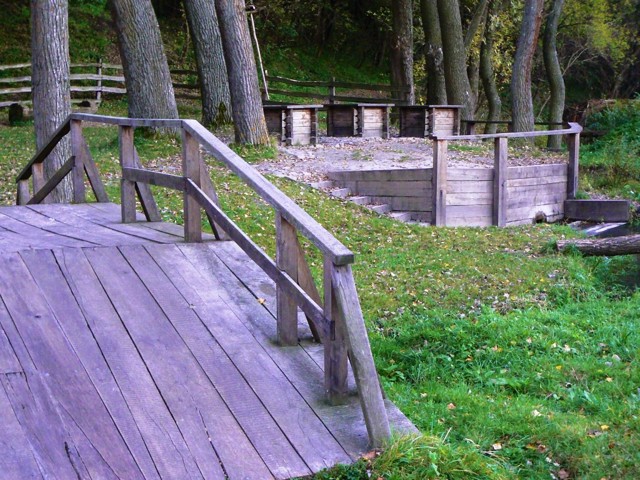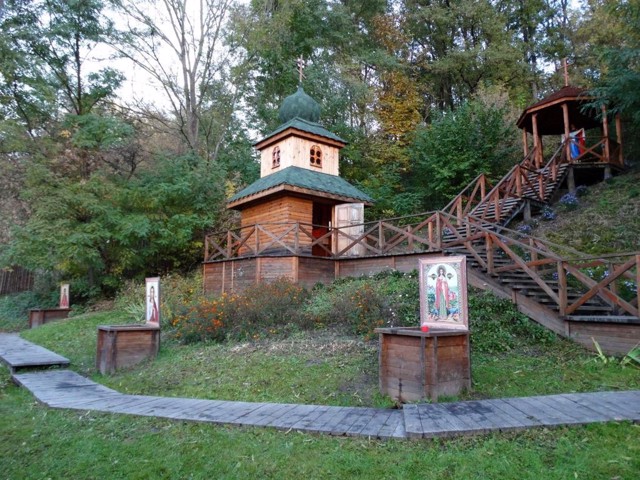Functional temporarily unavailable
General information about Subotiv
The village of Subotiv at the confluence of the Subotka (Suba) River in Tyasmin is the former ancestral estate of Hetman Bohdan Khmelnytskyi. It is located 10 kilometers west of Chyhyryn.
The village of Subotiv was founded in 1616 by the Ukrainian nobleman Mykhaylo Khmelnytskyi on land donated to him by the Rus voivode Yan Danylovych. In 1595, his son Bohdan, the future hetman Bohdan Khmelnytskyi, was born here. After the death of his father, Bohdan inherited the estate, confirming the right of ownership with a deed of King Vladislav IV Vaza, but the document was not approved by the Diet. The conflict over the estate with the nobleman Daniel Chaplinskyi pushed Khmelnytskyi to organize an uprising, which turned into the Ukrainian People's Liberation War.
Hetman lived in t ...
The village of Subotiv at the confluence of the Subotka (Suba) River in Tyasmin is the former ancestral estate of Hetman Bohdan Khmelnytskyi. It is located 10 kilometers west of Chyhyryn.
The village of Subotiv was founded in 1616 by the Ukrainian nobleman Mykhaylo Khmelnytskyi on land donated to him by the Rus voivode Yan Danylovych. In 1595, his son Bohdan, the future hetman Bohdan Khmelnytskyi, was born here. After the death of his father, Bohdan inherited the estate, confirming the right of ownership with a deed of King Vladislav IV Vaza, but the document was not approved by the Diet. The conflict over the estate with the nobleman Daniel Chaplinskyi pushed Khmelnytskyi to organize an uprising, which turned into the Ukrainian People's Liberation War.
Hetman lived in the village of Subotiv, ruling the Cossack state from nearby Chyhyryn. The country residence of the hetman was fortified with defensive ramparts and towers. After Khmelnytskyi's death, the Poles completely destroyed the hetman's estate and ransacked his grave in the Illinsky Church (according to one version, the associates managed to rebury Khmelnytskyi's body in Kholodnyi Yar).
Currently, a museum complex has been created on the territory of Zamchyshe. A high-level hotel and restaurant complex has opened nearby. Not far away on the bank of Tyasmin are the wells "Three wells" (17th century), where the Cossack hospital was located, which have been preserved since the time of Bohdan.
Село Суботів при впадінні річки Суботки (Суби) в Тясмин - колишній родовий маєток гетьмана Богдана Хмельницького. Розташоване в 10 кілометрах на захід від Чигирина.
Хутір Суботів заснований в 1616 році українським шляхтичем Михайлом Хмельницьким на землях, подарованих йому руським воєводою Яном Даниловичем. В 1595 році тут народився його син Богдан, майбутній гетьман Богдан Хмельницький. Після смерті батька Богдан успадкував маєток, підтвердивши право власності грамотою короля Владислава IV Вази, проте документ не був затверджений сеймом. Конфлікт навколо маєтку зі шляхтичем Даніелем Чаплинським підштовхнув Хмельницького до організації повстання, яке переросло у Визвольну війну українського народу.
Гетьман жив в селі Суботів, керуючи козацькою державою з сусіднього ...
Село Суботів при впадінні річки Суботки (Суби) в Тясмин - колишній родовий маєток гетьмана Богдана Хмельницького. Розташоване в 10 кілометрах на захід від Чигирина.
Хутір Суботів заснований в 1616 році українським шляхтичем Михайлом Хмельницьким на землях, подарованих йому руським воєводою Яном Даниловичем. В 1595 році тут народився його син Богдан, майбутній гетьман Богдан Хмельницький. Після смерті батька Богдан успадкував маєток, підтвердивши право власності грамотою короля Владислава IV Вази, проте документ не був затверджений сеймом. Конфлікт навколо маєтку зі шляхтичем Даніелем Чаплинським підштовхнув Хмельницького до організації повстання, яке переросло у Визвольну війну українського народу.
Гетьман жив в селі Суботів, керуючи козацькою державою з сусіднього Чигирина. Заміська гетьманська резиденція була укріплена оборонними валами і баштами. Після смерті Хмельницького поляки повністю знищили гетьманську садибу й розорили його могилу в Іллінській церкві (за однією з версій, сподвижникам вдалося перепоховати тіло Хмельницького в Холодному Яру).
В даний час на території Замчища створено музейний комплекс. Поруч відкрито готельно-ресторанний комплекс високого рівня. Неподалік на березі Тясмина знаходяться колодязі "Три криниці" (ХVІІ століття), де розташовувався козацький шпиталь, які збереглися з Богданових часів .
Сплануй своє перебування у Subotiv
What to see and where to go in Subotiv
Tourist attractions and museums of Subotiv
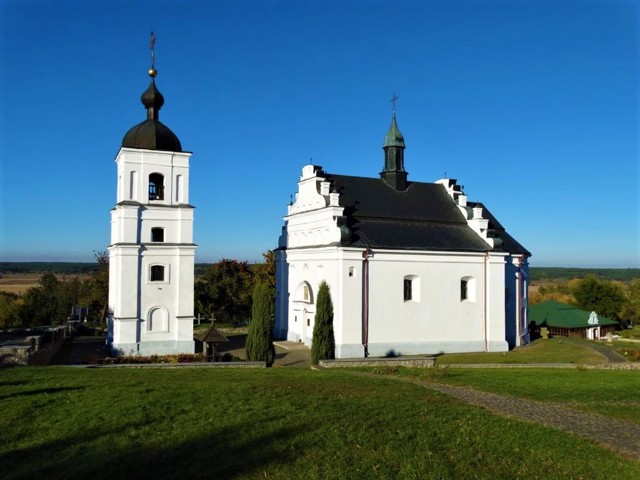
Saint Elijah Church
Temple , Architecture
The defensive Saint Elijah Church-tomb of Hetman Bohdan Khmelnytskyi is the only surviving building of the Khmelnytsky family estate in Subotiv.
The church was built in 1653 at the expense of Bohdan Khmelnytsky in the Cossack Baroque style (depicted on the modern 5 hryvnia banknote). It is located on the castle grounds, where the fortified country residence of the hetman was located. It served as one of the fortification nodes of the Subotiv fortress, as evidenced by the keyholes in the embrasures on the gable.
After the death of Bohdan Khmelnytskyi in 1657, the hetman was buried in his ancestral church-tomb.
The foundation of the defense tower, over which a protective pavilion was built, has also been preserved from the manor. Nearby - stone crosses of the 18th century, a Cossack cannon, a restored Ukrainian hut of the 18th century.
During Soviet times, the memorial museum of Bohdan Khmelnytskyi was opened in the premises of the Saint Elijah Church.
Today, the church is active, although part of the exposition of the Subotiv historical museum, located on the territory of the former Khmelnytsky manor, remains in it. It is part of the National Historical and Cultural Reserve "Chyhyryn".
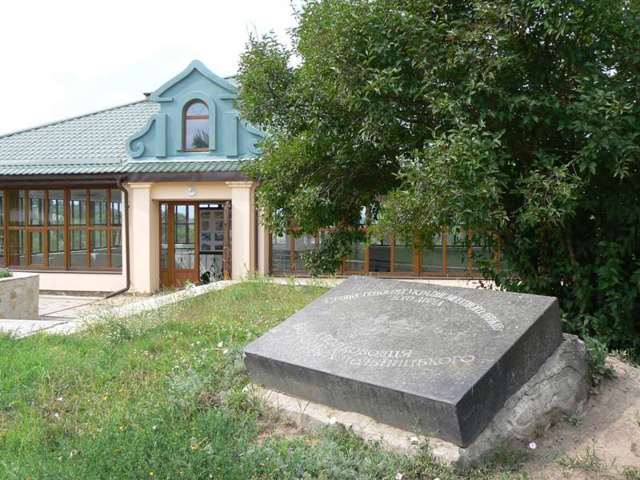
Subotiv Historical Museum
Museum / gallery , Historic area
The Subotiv History Museum is located on the grounds of the ancestral estate of Hetman Bohdan Khmelnytskyi in Subotiv. It is part of the National Historical and Cultural Reserve "Chyhyryn".
The estate was founded in 1616 by the hetman's father Mykhaylo Khmelnytskyi (Khmil). After the death of his father, Bohdan Khmelnytskyi inherited the estate and built his fortified residence here with a defensive rampart, a fortress tower, and the Illinska Church, which also played the role of a fortification element of the fortress.
In 1648, during the absence of the owner, the Subotiv manor was seized by Danylo Chaplinskyi, the sub-mayor of Chyhyryn, who constipated Khmelnytskyi's young son to death and took possession of his bride Motrona (Helena) by force, which became the impetus for the uprising of the Cossacks under the leadership of Bohdan Khmelnytskyi.
Ruling the Cossack state from Chyhyryn, Khmelnytsky often lived in Subotov. A few years after the death of the hetman, the estate was destroyed by the Poles, the fortress was destroyed. The foundation of the fortress tower, above which the pavilion was erected, has been preserved. The wooden watchtower and the entrance gate of the manor have been reconstructed.
The museum complex also includes two estates of the late 19th and early 20th centuries "Ukrainian House", one of which reproduces the interior of a potter's workshop. A Cossack cannon is installed on the castle grounds.
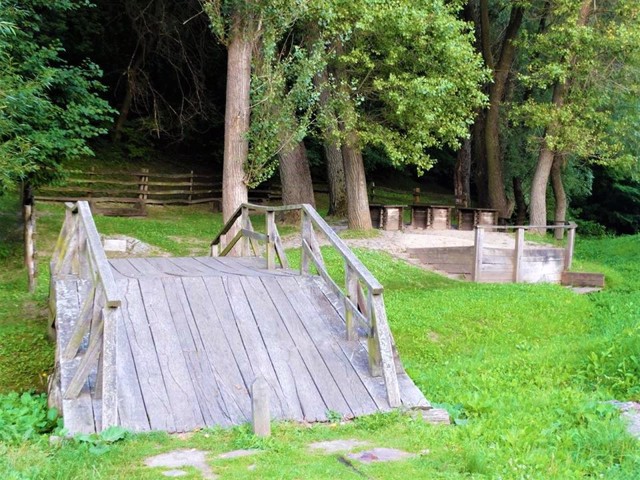
Three Wells
Natural object
"Three Wells" in Subotiv are wells preserved from the time of Bohdan Khmelnytsky, which supplied water to the Cossack hospital. They are located at the bottom of a deep gully on the southwestern edge of the village.
According to legend, three Cossacks dug a spring at the site, the waters of which healed them after being wounded by a local elder.
It is believed that the taste of water from each well is slightly different from the others.
Reviews Subotiv
Geographical information about Subotiv
| {{itemKey}} | {{itemValue}} |
|---|---|
| Region |
Cherkasy |
